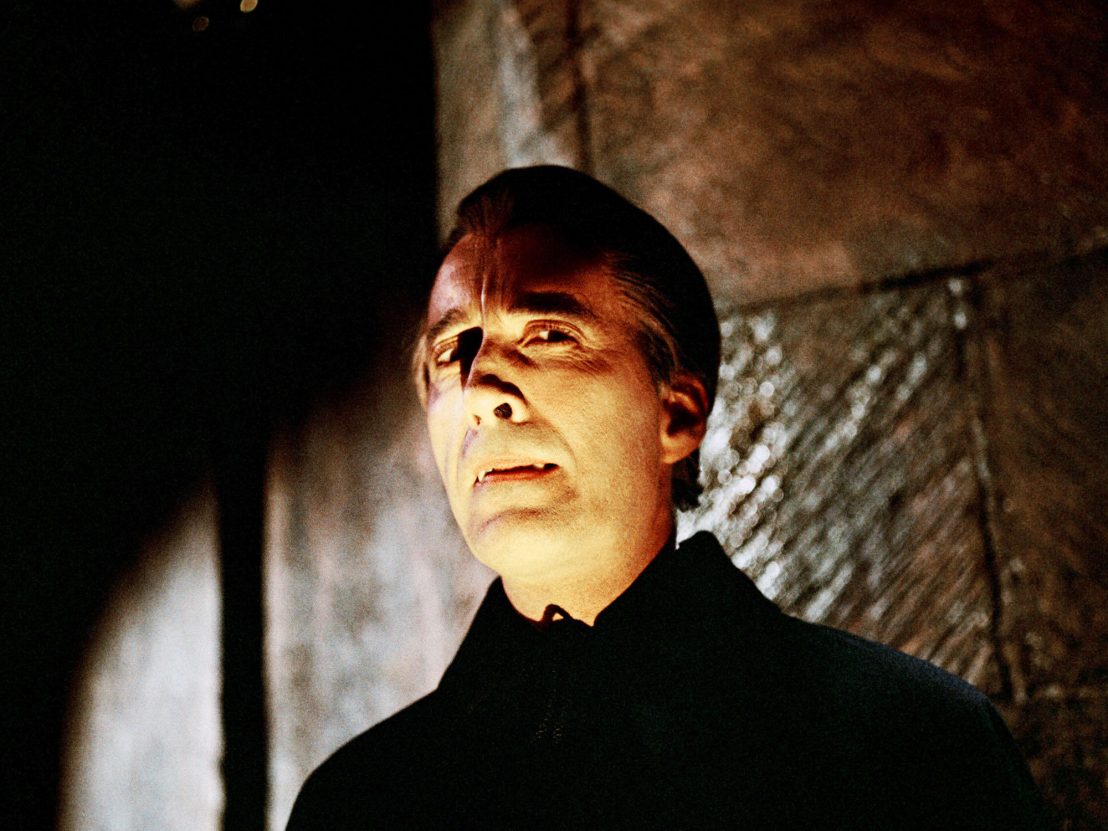
Christopher Lee’s iconic reign of terror as Count Dracula began in 1958 and lasted for almost two decades. He played the role over ten times, seven of those in Hammer productions. Lee made his grand entrance in glorious Technicolor as Dracula in the Terence Fisher-directed film from Hammer Film Productions, alluringly descending a staircase in commanding yet extremely polite fashion to greet his ill-fated guest. In The New Biographical Dictionary of Film, David Thomson describes Lee as the ‘sexy Dracula’ – an intentional move by the studio to tie together eroticism and vampirism and move away from Bela Lugosi’s interpretation of the character; the posters even described Lee’s Dracula as ‘the terrifying lover!’
In a Newsnight tribute to Lee who passed away in 2015 at the age of 93, CEO and President of Hammer Film Productions, Simon Oakes, noted how Lee took the role of Dracula and turned him into a ‘sexual predator.’ This radical cinematic shift and sexy demeanour have forever since bled into popular culture and vampire mythology as seen in Twilight, True Blood and Interview with the Vampire to name a few.
Film Critic, author of the Anno Dracula series and horror expert, Kim Newman explains the character’s evolution in cinematic terms, “Before 1958, the defining screen image of Dracula was Bela Lugosi – who tended to stand there and stare, make hypnotic gestures and elongate his vowels in a Hungarian manner that eventually inspired many, many comedy impersonators, from Grandpa Munster to Adam Sandler. Lugosi’s Count, a classic in his own right, met Abbott and Costello and became a straight man or a stooge and it seemed Dracula would never be frightening again.
With minimal screen time in Dracula (1958), Christopher Lee changed that, his Dracula was disarmingly polite and business-like on first meeting, then suddenly red-eyed, fanged and feral. Nosferatu and Lugosi’s Dracula creep, but Lee pounces – imposing, using his cape like a matador or a swashbuckler, and dangerous, Lee’s Dracula is a physical as well as a spiritual (and moral) threat, but he’s also a cruel lady-killer. If anything, the character became more ferocious over the sequels – always alternating moments of stillness with cobra-like attacks, casual seductions and climactic disintegrations or impalements.”
The public may have been thirsty for more of Lee’s seductive count but he didn’t materialise in the next sequel, The Brides of Dracula, and it wasn’t until 1966 that he was gorily resurrected in Hammer’s Dracula: Prince of Darkness via a blood ritual. In 1970 alone, four films were released where Lee appeared as Dracula; a comedic hallucination sequence cameo in Jerry Lewis’ One More Time, two Hammer Films, Taste the Blood of Dracula and Scars of Dracula, and Jess Franco’s adaptation of Bram Stoker’s novel.
Famously, Lee was never entirely enamoured with the Hammer screenplays for Dracula, describing his dialogue as mostly ‘hissing and spitting.’ He wanted to showcase his acting chops and star in a film which was closer to the source material. Franco’s mostly respectful version, where Klaus Kinski played Renfield, offered Lee the chance. As in the book, Dracula gets younger the more he feasts on blood, and he first appears to welcome Jonathan Harker into his lair, candelabra in hand with shocking white hair and moustache to match his pale complexion. He speaks the exact dialogue from the novel, “Enter freely and of your own will!” Lee’s booming tone and statuesque pose perfectly mirror Stoker’s description of the count.
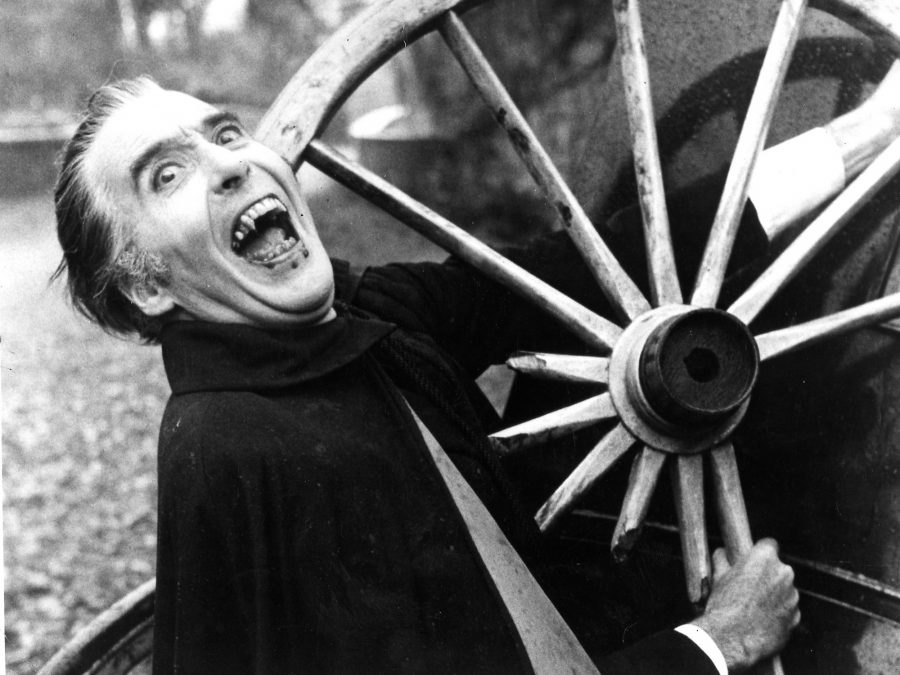
To celebrate the genre icon and the centenary of Lee’s birth in May, the inaugural Forbidden Worlds Film Festival have programmed a screening of Dracula A.D. 1972. The film opens in 1872, with a thrilling action sequence, as Dracula and Van Helsing wrestle with one another on a moving stagecoach through Hyde Park. Following their deaths and burials in Chelsea, the opening credits announce the stars, Lee and Peter Cushing, in gothic font before quickly cutting to the modern day with Concorde whooshing overhead and a funky track composed by Michael Vickers introducing the swinging 1970s. It’s a fun reboot of Dracula updated for the times, and fifty years on from its release, it has become a charming counterculture time-capsule of hippies vs the stuffy British establishment.
Tom Vincent, a programmer for the festival, explains his love of Lee’s count and the reasons for showing Dracula A.D. 1972, saying, “Whilst the theme of this year’s festival is ‘Films From 1982’ to help celebrate the 40th anniversary of Bristol’s beloved video shop 20th Century Flicks, we couldn’t help but notice that the festival dates are so close to the 100th anniversary of Christopher Lee’s birth. Screening one of the Hammer Dracula films was the obvious choice. Lee was the definitive Dracula. I remember vividly the first time I saw him as Dracula. I was 8 years old, and my dad had taped off TV a well-past-my-bedtime BBC broadcast of the ‘58 Dracula. I was mesmerised! Lee was not just scary, but also handsome and dashing.
Forbidden Worlds is about celebrating genre films and giving a platform to not just the usual suspects, but to those films that deserve a spot in the lime (or moon!) light. I think Dracula A.D. 1972 is one of Hammer’s most underrated. As it’s so very much 1972 – hippies, flares and blood – it’s become a period piece in its own right.”
At this point it would be remiss not to mention Lee’s heartwarming friendship with Cushing, who appeared opposite him as his adversary Van Helsing in three of the Hammer films. They had amazing chemistry, and he always finished off the count in memorable fashion with Lee’s death scenes often a blood-curdling highlight of the films. Van Helsing kills the king of the undead twice in Dracula A.D. 1972, the second time by shoving him into a grave of stakes. Their final showdown in The Satanic Rites of Dracula (1973) however is hilariously bad, with Lee being led through a spiky hawthorn tree, and managing to keep a straight face through a cringing elongated battle with tree branches.
The title of this piece takes its name from Christopher Lee’s autobiography, Tall, Dark and Gruesome which speaks to the fun he had with his villainous roles. Even if he was frustrated at being typecast in his ‘graveyard period’ as Dracula, working for Hammer Films was a launching pad for his career and sparked an enduring relationship with Cushing. 100 years on from Lee’s birth, and 64 years on from his first appearance as the Count, he lives on eternally as a giant star of the silver screen and the man who made Dracula sexy.
Forbidden Worlds runs 13-15 May at the former Bristol IMAX.
Published 4 May 2022
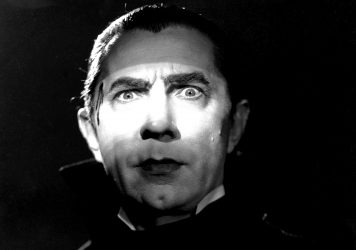
By Adam Scovell
The 1931 film put the Count firmly on the cultural map and moved the genre on from its silent origins.
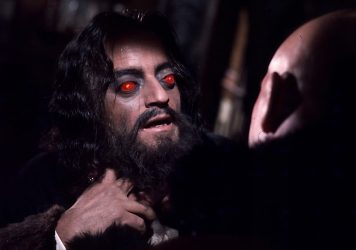
By Anton Bitel
Eugenio Martín’s Horror Express is like a locomotive mash-up of The Thing and Murder on the Orient Express.
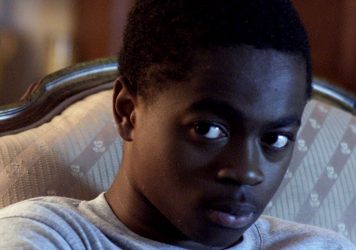
Michael O’Shea’s The Transfiguration builds its fantasy before shattering it with real-world adult truths.